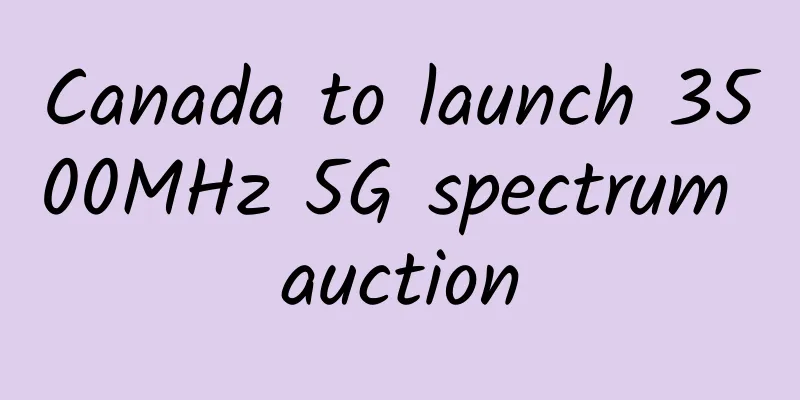Top 5 Reasons for WiFi Device Setup and Connection Issues

|
Setup and connection issues are notoriously difficult for agents to troubleshoot, and these calls often take up a large portion of an agent’s day. Lengthy back-and-forths to gather technical information mean more time is spent identifying the root cause of a challenge than resolving the issue. Sound familiar? This traditional process puts both the agent and customer experience at risk and ultimately increases turnover for both parties. Five common questionsWe recently analyzed the health and configuration of more than 100,000 home networks around the world and identified some trends and commonalities that will make traditional troubleshooting a little easier. Here’s what we found: 1: 56% of SSIDs have invalid/special charactersWiFi network names, or SSIDs, allow customers to show creativity when connecting devices and easily identify their network. However, people sometimes get too creative and don't realize that many smart home devices can't recognize certain special characters (such as emojis). If your device falls into this category, the entire network will become undiscoverable when special characters are involved, and your customers won't be able to connect your smart devices to their home network. 2: 53% of people connect to crowded channelsA home network is essentially a highway with data flowing through it. When only a few people are using it, traffic flows smoothly. But what happens when your customers try to use your devices on a WiFi channel where a dozen others are also vying for space? Intermittent disconnects and buffered video or audio. Congested networks are most common in densely populated neighborhoods, condos, or apartment buildings. If your customers live in rural areas, you may need to keep looking for other causes. 3. 42% of routers have problems with their settingsCertain router settings, such as mDNS, UPnP, multicast, client isolation, or blocked ports, can prevent communication between connected devices and affect device discovery, making setup difficult or impossible. Often, these settings are in place due to aggressive firewalls or strict parental controls, and devices will never be able to connect. However, if a device is suddenly undiscoverable after previously connecting, the problem may be with the VPN. 4: 40% of people have devices that are too far awayWireless routers typically only cover 150 to 300 feet, which is about the size of a single-family home, and physical obstacles (such as walls) can further reduce the range. If the device is too far from the router, setup can be difficult, and over time customers will experience connection issues such as intermittent disconnects and buffered video or audio. Devices that are too close to the router will experience similar problems due to interference. 5: 36% have 5.8GHz/merged networksWhile 5.8GHz networks are great for speed, most smart home products are not compatible with them. Likewise, merging networks (the eponymous 5.8GHz and 2.4GHz) often causes problems for networked devices. If a customer tries to set up one of these 2.4-only devices on a 5.8GHz network, it simply won’t connect. However, issues with incompatible frequencies often manifest as intermittent disconnects as some routers try to optimize traffic by switching connected devices to the more “efficient” 5.8GHz network. Control connection issuesWhile other issues can cause connection or setup problems, these are five of the most common. Knowing common issues can allow you to respond to connection problems more quickly and effectively. |
<<: Fiber Optic Test Equipment Market to Reach $1.78 Billion by 2033
Recommend
The construction enthusiasm remains unabated, and 5G will drive the full resumption of work and production in the industrial chain
The novel coronavirus pneumonia epidemic that beg...
Seven weapons of blockchain technology in the financial field
In the innovation and application exploration of ...
What do we need to do to make IPv6 a reality?
After the General Office of the CPC Central Commi...
How to play the NB-IoT game in 2019?
NB-IoT technology is a low-power wide area networ...
Want to save power on your 5G phone? Wake it up first!
With the development of 5G networks, everyone has...
No exaggeration or criticism! A rational view of the value and application challenges of cyberspace mapping technology
The protection concept of "invisible, no sec...
Do you want to switch to a 5G package? Here is a comprehensive comparison of 5G packages
With the launch of iPhone 12, 5G finally filled t...
Why the development of optical communications is not as good as 5G, experts say: each is fighting for its own
At the 2021 China Optical Network Conference whic...
With the launch of 5G and Wi-Fi 6, where will wireless network products go?
Today, topics about 5G and Wi-Fi are endless, and...
The 4th National Industrial Control System Information Security Attack and Defense Competition of Zhuoshi Network Security Cup was successfully concluded
The "Zhuoshi Network Security Cup National F...
RAKsmart New Year Event: E3 servers starting at $30/month, 30% off on all VPS, popular VPS starting at $1.99/month
RAKsmart is a foreign hosting company operated by...
What are the benefits of restarting a wireless router? Faster Internet access!
Wireless routers have become an indispensable net...
80VPS: Los Angeles cluster server monthly payment starts from 750 yuan, Hong Kong CN2 cluster monthly payment starts from 1400 yuan, 8C (232 IPs)
80VPS is an early established Chinese hosting com...
Huawei builds a government cloud platform to help the "Millennium Ancient Capital" develop
[[188583]] "E-government is currently in a p...
The key to making the Internet of Things really take off: wireless charging
From the average suburban home to the factory ass...









